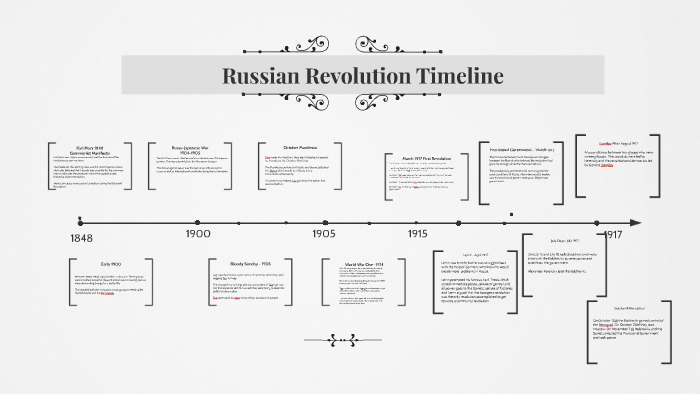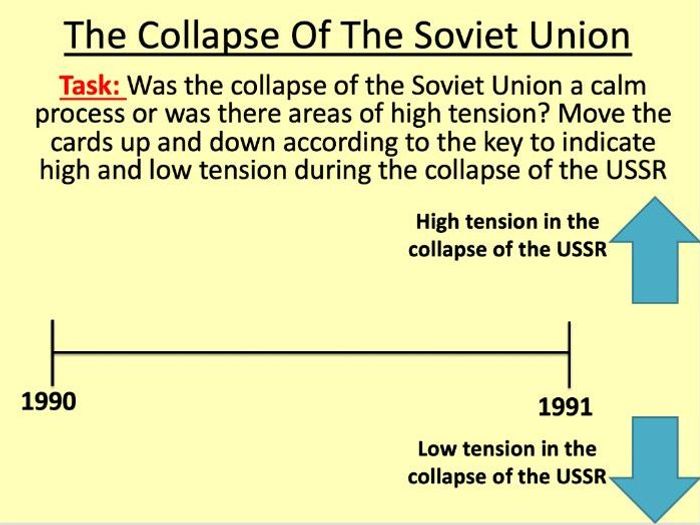

They saw the world as intrinsically hostile, and their country as a fortress besieged by enemies and penetrated by spies.

The dictators shared beliefs that formed their perceived self-interest and how best to promote it.

Most obvious was centralised single-party dictatorship. Even today, after all, ‘varieties of communism’ persist – from China and Cuba to North Korea.ĭespite the variation, there were important continuities in Soviet policies after 1917. The U-turns give some credence to the idea that the Soviet economy could have developed along more than one alternative path. These years were marked by intense political and social conflict and several U-turns that varied the scope for market organisation and consumer choice. Soviet economic institutions were formed in the period from 1917 to around 1934 (Davies 1994). Together, these two models provided key principles of the ‘Soviet-type economy’ described in western textbooks. The American model, implemented by Henry Ford and celebrated by Frederick Winslow Taylor, was of standardised commodities, mass-produced under centralised, hierarchical management.In the war economy, there was mobilisation for mass warfare and mass sacrifice, with commodities rationed at fixed prices. The German model was of a modern war economy, implemented in 19 by Walther Rathenau and Erich Ludendorff.This reflected the ideas of the leaders who took power in the Bolshevik revolution, in the policies they implemented and in the institutions they laid down (Harrison 2017a).įrom the outset, the Bolsheviks admired and followed two models of economic organisation, one German and the other American: The comparative advantage of the Soviet economy lay in the production of the means of power in the world. We teach our students that every country has its comparative advantage. The Soviet disproportion between power and productivity was a clue. The underlying growth rate of productivity was not lifted, and the Soviet economy never converged on American standards. But in hindsight, we can see that the effect of the Soviet system was primarily to lift the level of output by continuous mobilisation. After that, the economy recovered, returned to the global mean, and remained above it for some decades. The Bolshevik revolution, the centenary of which falls on 7 November 2017, gave way to a Venezuela-style meltdown. Sources: US and world from Angus Maddison at Russia (Russian Empire to 1913, then USSR, followed by former USSR) from Markevich and Harrison (2011).


 0 kommentar(er)
0 kommentar(er)
